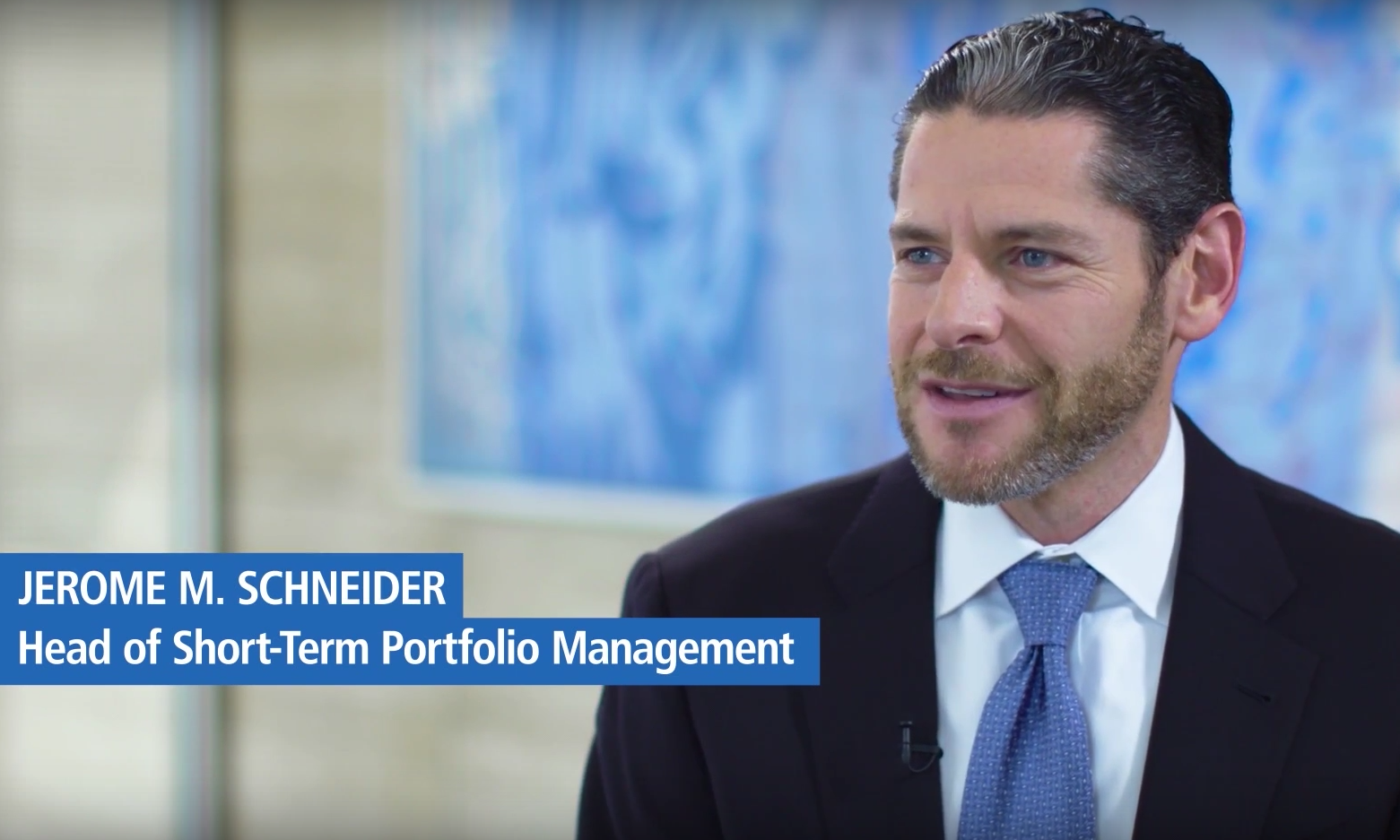Debt allocations include mortgage 6.4%, investment-grade credit 51.2%, high-yield credit 4.5%, non-U.S. developed 22.1% and emerging markets 2.7%. The ETF also includes a greater tilt toward non-rated debt 27.8%, along with 6.1% in speculative-grade debt.
The U.S. only makes up 24.6% of LDUR’s portfolio, along with Canada 16.0%, Germany 15.1%, Australia 14.5%, Switzerland 3.5% and South Korea 2.2%, among others.
Investors may find that these two ETFs can be used as alternatives to traditional cash vehicles and the funds can adjust their strategic allocations to include short-term strategies that are more flexible to manage credit, interest rate and liquidity risks.
Given the greater risk of rising interest rates on the fixed-income space, bond ETF investors may do well with an actively managed approach.
“Once the Fed rate hike cycle beings, the yield curve will not necessarily move uniformly and line up with what the Fed does at the front end,” Jim Moore, Managing Director at PIMCO, wrote in a research note. “An active manager can pick spots on the yield curve where they see risk/return characteristics as more favorable as opposed to simply replicating the allocations of an index.”
For instance, Moore pointed out that active managers can potentially capitalize on structural inefficiencies in the market, targeting quality securities that are better priced or higher yielding.
Click to read the following PIMCO White Papers:
